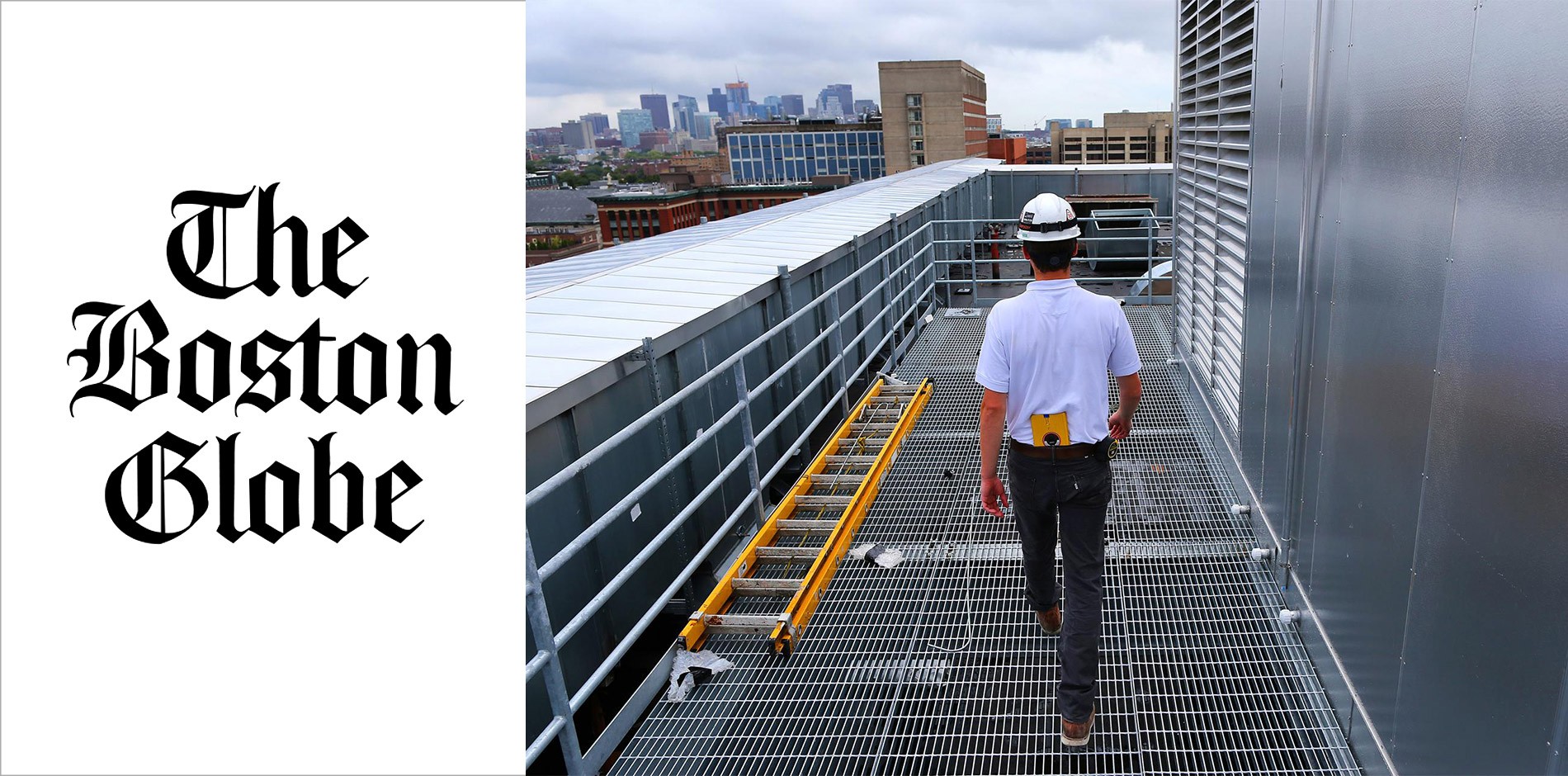South End hospital’s efforts at energy saving are expected to result in 50% reduction by 2020
Boston Medical Center is known for taking care of some of the city’s poorest residents. But the state’s largest safety net hospital also wants to be known as something else: Boston’s greenest hospital.
BMC, spread over several city blocks in the South End, is on track to cut its greenhouse gas emissions 50 percent by 2020, twice as aggressive as the goal of most other city hospitals, according to BMC and two groups that encourage hospitals to cut energy use.
Greenhouse gases, including carbon dioxide, are produced by burning fossil fuels, such as oil and natural gas, and contribute to climate change.
BMC officials say they have reduced emissions by 20 percent over the last four years, thanks to a series of upgrades to heating, cooling, and ventilation systems, and other changes. Now, the hospital is incorporating energy efficiency measures as part of a $300 million renovation of its campus.
All together, the upgrades are expected to knock $11 million off the hospital’s annual energy bill, freeing up more resources for patient care.
“Every dollar spent on energy is a dollar not spent on our mission,” said Bob Biggio, the hospital’s vice president of facilities and support services. “It is really helping us fulfill our mission.”
BMC is among about 20 Boston hospitals working to become more energy efficient. Together, they cut their energy use by 6 percent from 2011 to 2013, according to the Boston Green Ribbon Commission, a group of business and civic leaders launched by the late mayor Thomas M. Menino to combat climate change.
Continue to The Boston Globe here
